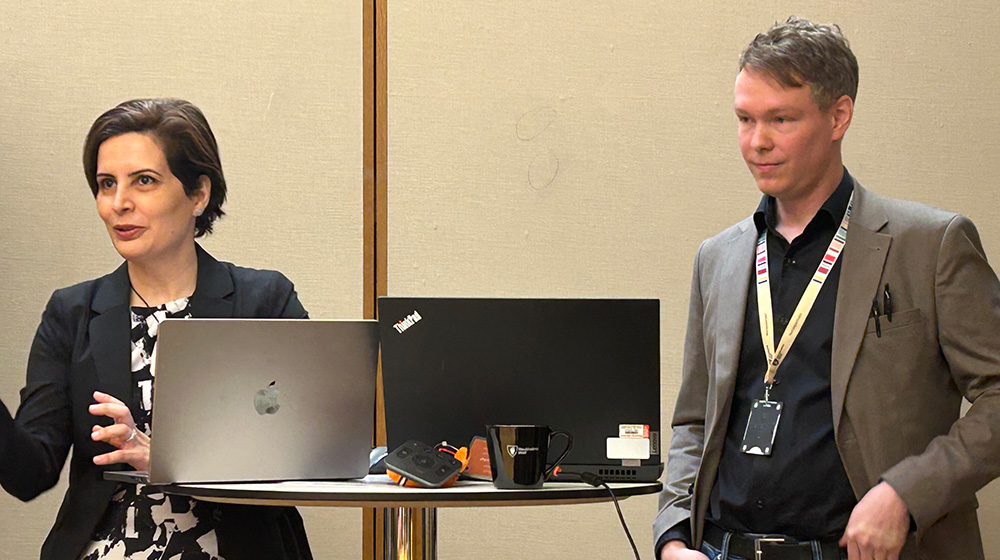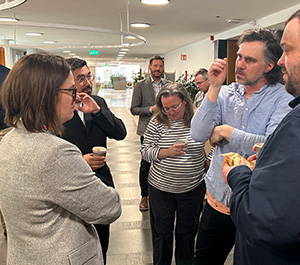WaterCentre as a bridge-builder – strengthening collaboration between KTH and the City of Stockholm

On a Friday in early April, researchers from KTH and officials from the City of Stockholm met for a collaboration meeting at the City of Stockholm's premises on Fleminggatan. The purpose of the meeting was to increase understanding of how both organisations can benefit from each other and collaborate more in terms of research and development.

The long-term goal is to initiate more development projects tailored to the needs of operations and to establish more structured partnerships between researchers and individual stakeholders.
The collaboration meeting was initiated by Professor Zahra Kalantari, Director of the Water Centre, and Jonas Althage, Strategist at the City of Stockholm and a member of the Water Centre’s steering committee. From KTH, researchers in the fields of water, bridge and steel construction, and concrete construction took part. Jonas Althage had primarily invited individuals from the Traffic Office, in order to more easily identify themes suited to the group as a whole.
Great Benefits of Collaboration
KTH and the City of Stockholm have had a collaboration agreement since 2014, and Jonas Althage sees great benefits in the cooperation with WaterCentre@KTH.
“The Water Centre has very broad expertise and an even wider network of contacts. The projects in the Centre’s portfolio span many areas. I believe they can be expanded even further into fields related to urban development and climate adaptation, which are highly relevant areas for the City of Stockholm to work with. There are great opportunities for us at the City of Stockholm to make use of KTH’s centre-based structure to facilitate broader collaboration between us, where we enter into a more structured and long-term cooperation process within jointly prioritised areas of development.”
Opportunities for More Collaboration
He believes that he and his colleagues should ask themselves the question: “How can I make use of researchers to achieve the goals in my work, while also offering something of value to the academic sector in return?”
“Through that type of collaboration, I gain a great deal in return for very little time invested.”
During the meeting, the focus was on all the opportunities that exist to initiate more and broader collaborations.
“I think many of those who took part don’t quite realise that they themselves actually have a fantastic opportunity to do this, because collaboration in research and development is often perceived as something that requires a great deal of energy and can’t always be integrated into day-to-day operations. I believe this is true from both the city’s and the university’s perspectives. And this was exactly what we focused on – the fact that our respective ongoing operations can, to a very large extent, enable collaboration between the municipality and research, provided it takes place under the right conditions.”
Open to more collaboration meetings
Zahra Kalantari was also pleased with the collaboration meeting.
“There is great potential to further develop the collaboration, and I look forward to exploring joint areas of development where our respective operations can meet and strengthen one another.
I’m open to more collaboration meetings and to doing the same thing on a larger scale, if there’s interest. This time we only met for two hours, but we could also arrange a full-day workshop. That way, we can really ensure that the right researchers are matched with the right stakeholders,” she says.
Text: Åsa karsberg
